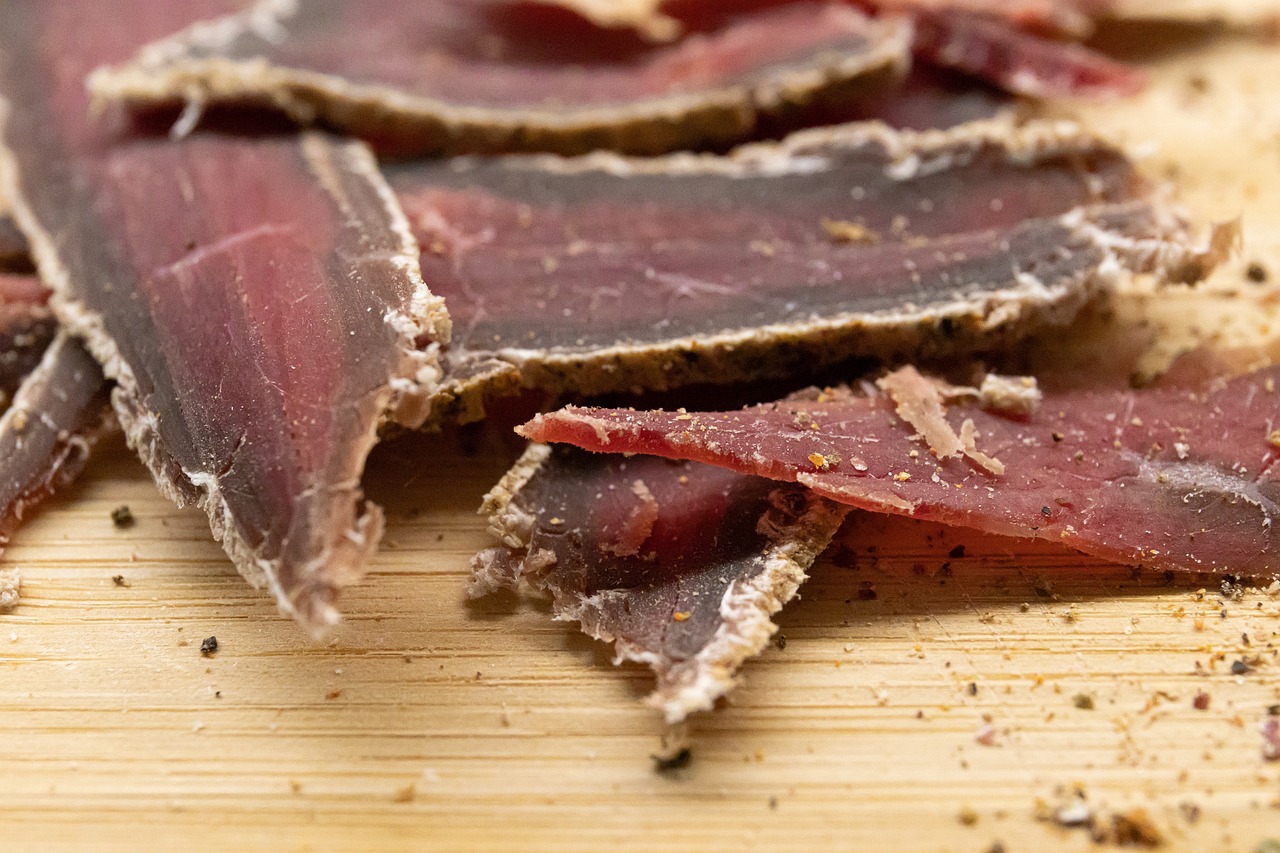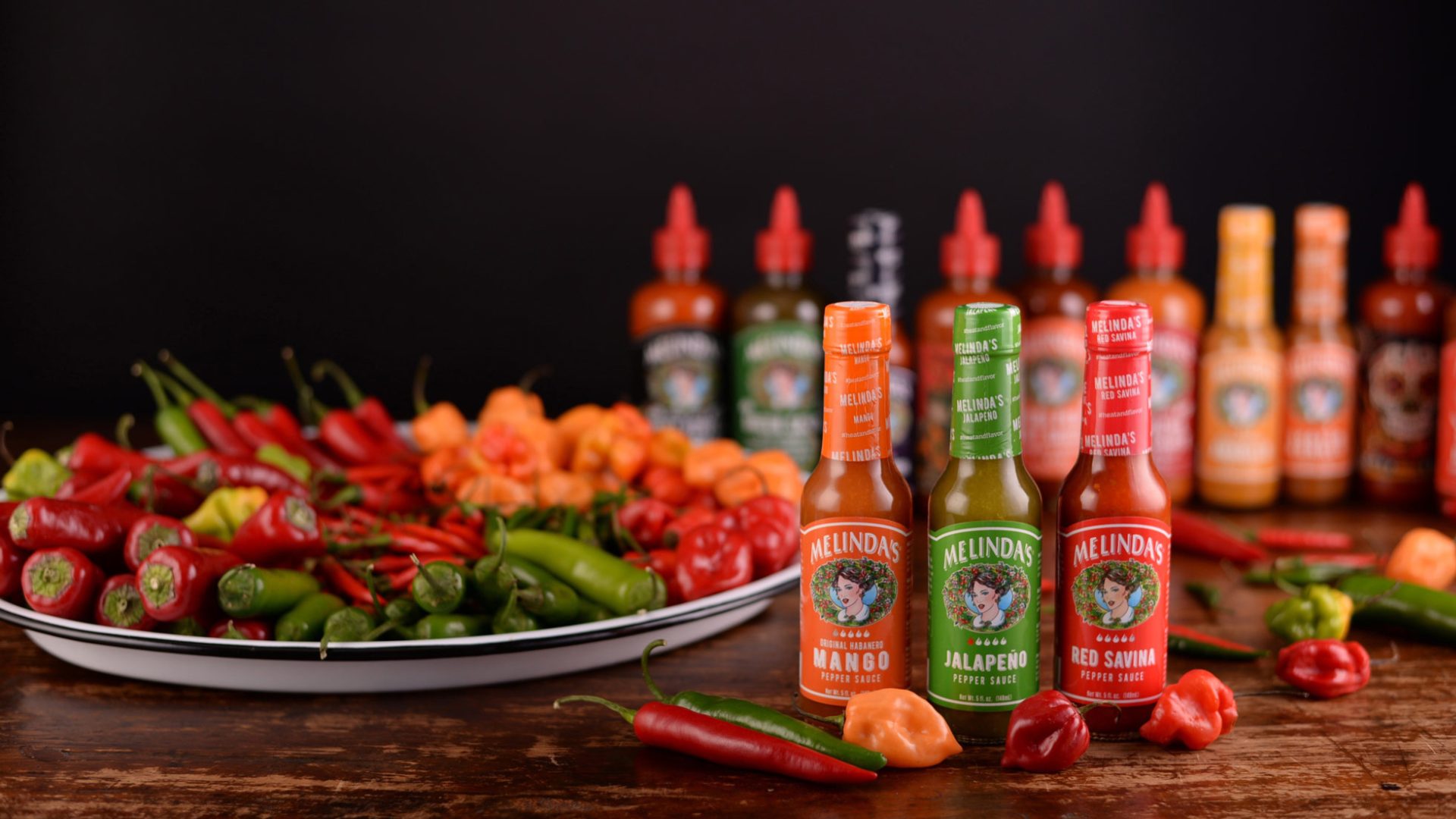You have to squint to see it sometimes – as inflation lingers – but Brendan Cawley remains convinced that there’s opportunity in the jerky category.
After all, if one scans convenience-store aisles, overpriced jerky can often be found – sometimes $8.99 for a 2.5-oz. bag – that underwhelms in terms of taste. There isn’t much true competition at the moment for Jack’s Links and Slim Jim, who dominate dollar sales in the beef jerky and meat snacks category, according to Statista. One major food brand, Beyond Meat, recently discontinued its plant-based jerky line.
“Consumers are continually disappointed with the quality, consistency, and value they get from a bag of jerky or a stick from the large national brands,” said Brendan Cawley, CEO of Righteous Felon Craft Jerky, in suburban Philadelphia. “The category is mature enough where there isn’t a ton left to do with flavor profiles. Even the best, unique new flavor likely doesn’t have a large, addressable market to capture over the long term.
“So, the real lever to go after is simply better quality,” Cawley told The Food Institute.
Demand is Apparent
Inflation has been tough on premium food brands in recent months, and jerky is no exception. In 2022, the largest bird flu outbreak in U.S. history caused poultry prices to spike, making turkey jerky a risky proposition for manufacturers.
Still, the jerky category has continued to grow in recent years amid proven consumer demand. Grand View Research projects the global jerky snacks market size will reach $6.5 billion by 2027, exhibiting a compound annual growth rate (CAGR) of 6.7% during the forecast period.
Growth is expected to be spurred over the next few years by increasing demand for high-protein snacks that provide on-the-go energy to consumers. It’s estimated that over one-third of the American population alone enjoys beef jerky and meat snacks.
“Jerky brands come and go because the barriers of entry to the industry are small,” Cawley said. “A good recipe, some packaging, and a solid manufacturing partner, and you can start selling legally and usually get traction locally.”
Once early consumer adopters are exhausted, however, it often becomes difficult for fledgling jerky brands to earn retail shelf space, keep it, and create a compelling value proposition that resonates with shoppers nationwide.
“Brands spend a few years in this purgatory, where they keep chasing their initial growth they found in their home market,” Cawley said, “before running out of resources, will, or time to figure out how to find their place in the market.”
Value Propositions that Resonate
In 2024, there remains no shortage of ambitious brands in the jerky category, touting 100% grass-fed beef, an appreciation for sustainability, or eye-catching packaging while gaining shelf space. Chomps and Country Archer are prime examples. Other brands, like Mighty Spark, are seizing upon America’s love affair with chicken.
“Chicken is the most consumed protein in the U.S. Yet, in meat snacks, it’s less than one percent of the category,” said Andrew Wagner, Mighty Spark’s chief marketing officer. “We feel like there’s an opportunity there. People love chicken.”
The biggest opportunity for jerky brands, according to industry insiders, lies in creating twice the quality of a legacy jerky brand for only roughly one-and-a-quarter times the price. That margin can be derived from a combination of ingredients, processes, packaging, creative (often humorous or witty) marketing, sourcing, and convenience.
Some fledgling jerky brands, like Nick’s Sticks, reduce costs by producing their products in-house.
“We produce in-house, in Marshfield, Wisconsin, so there’s no middleman. So, we don’t have to give them a portion of our margin,” said Mark Vieth, president of Nick’s Sticks. “That’s probably our best attribute that keeps price low.”
Consumer behavior trends around snacking, meal replacement, and portable protein provide hope for many jerky brands.
“For growth brands, rising costs of material – meat – can often be offset by economies of scale over the company’s fixed cost,” Cawley said. “So, category-wide ingredient costs rising can sometimes be a competitive advantage for a smaller-growth brand versus a more stagnant or shrinking legacy brand.”











